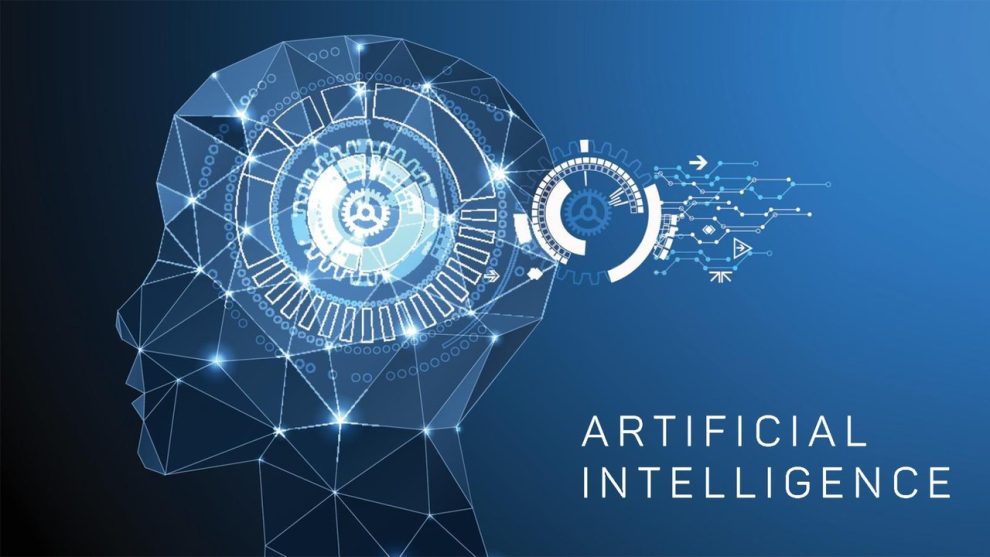Artificial intelligence (AI) holds great promise as a tool for uncovering and combating systemic discrimination, ultimately leading to more diverse, equitable and inclusive institutions and societies. However, as with any powerful technology, it is crucial that AI be implemented cautiously, ethically and with full awareness of its limitations.
The Potential Benefits of Using AI for DEI Goals
Properly designed and deployed, AI systems can help identify obscured patterns of discrimination, reduce the influence of human biases, increase accountability through transparency, and lead to more inclusive products and services. Some of the major potential benefits include:
Identifying Hidden Biases and Discrimination
AI can analyze extremely large data sets to uncover subtle and complex patterns of discrimination that humans might miss. For example, an algorithm could review hiring data across a corporation to identify biases in candidate selection based on gender, race or other attributes. It could also analyze disparities in pay, promotion rates, performance reviews and more. This could shed light on inequitable practices occurring systemically across the company.
Mitigating Human Biases
By automating decisions based on clearly defined criteria, AI can help reduce the influence of human biases and inconsistencies in decision-making. For example, an algorithm designed to assess loan applicants based solely on financial qualifications could avoid discrimination based on race, gender or other irrelevant attributes that a human decision-maker might unconsciously factor in.
Increasing Transparency and Accountability
Since AI systems follow pre-programmed logic, they can be designed to explain the reasons and data behind each decision. Such transparency allows for greater scrutiny and accountability than many traditional decision processes. Leaders must commit to responsible and ethical oversight of these systems.
Developing More Inclusive Products and Services
AI can analyze user data to detect where products and services may be excluding or disadvantaging certain groups. Developers can then alter design and marketing appropriately. For example, facial recognition software that struggles to identify females or those with darker skin demonstrates a clear need for improvement to work better across all populations.
Risks and Challenges of Using AI for Promoting DEI
While AI holds much promise, there are also numerous pitfalls and limitations leaders must consider:
Replicating Existing Biases
Since AI algorithms are trained on real-world data, they risk perpetuating and amplifying existing biases if the data itself reflects discrimination. Ensuring thoughtful data selection and aggressive pre-processing mitigation steps are crucial.
Inability to Capture Nuance and Complexity
AI can struggle to account for nuanced social, cultural and historical factors that contribute to real-world discrimination. While algorithms can identify statistical patterns of bias, understanding causes and contexts often requires human judgment.
Lack of Explainability
Some sophisticated AI systems are “black boxes”, obscuring the logic behind their decisions. This lack of transparency presents challenges for evaluating fairness and accountability. Governance processes ensuring explainable AI are important.
Ethical Considerations
There are complex ethical debates surrounding the use of AI for social justice reform. Leaders must grapple thoughtfully with considerations like privacy, consent, data ownership, liability, potential for manipulation or misuse of algorithms, right to human review of automated decisions, and more.
Responsible Practices for Leveraging AI to Promote DEI
The following practices can help organizations ethically apply AI to advance diversity, equity and inclusion goals:
Centering Human Interests and Oversight
AI should augment, not replace, human decision-making and oversight when addressing social justice issues. People must govern and manage when, where and how these technologies are applied.
Prioritizing Fairness, Accountability and Transparency
Implement robust technical controls, auditing processes and governance structures to promote fairness, provide accountability and ensure decisions can be explained to those they impact.
Involving Impacted Communities
Incorporate diverse voices into the development, training, validation and oversight of AI systems aimed at solving DEI issues. Centering the communities directly impacted is vital.
Continuous Monitoring and Improvement
Regularly measure algorithmic systems against DEI goals and be aggressive in iteratively improving them based on feedback and demonstrated gaps. AI solutions require ongoing governance.
Current Examples of AI Used to Promote DEI
Though the use of AI for DEI purposes remains relatively nascent, some early promising examples have emerged across industries:
Algorithmic Impact Assessments
Structured evaluations of how existing and proposed automated decision systems could influence people of different genders, races, incomes and other attributes. For example, investigating recidivism prediction tools in the criminal justice system.
AI-Enhanced Diversity Training
Chatbots, virtual reality and analytics used to scale delivery of anti-bias and anti-harassment training while also customizing to individual needs. For example, virtual human role playing to build empathy.
AI-Powered Recruiting
Automated screening, assessment, interviewing and evaluation tools designed to remove various biases from talent acquisition processes and judge candidates strictly on skills, qualifications and culture add. For example, replacing names with IDs.
The risks facing vulnerable populations demand that leaders approach this technology with care. But done responsibly, AI can be a valuable tool on the path toward diversity, equity and inclusion.
















Add Comment